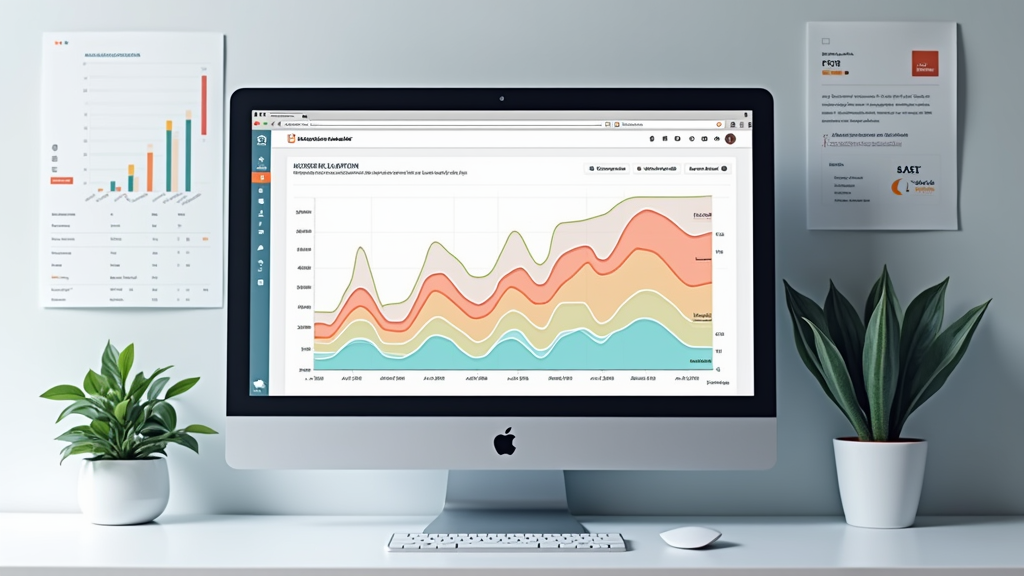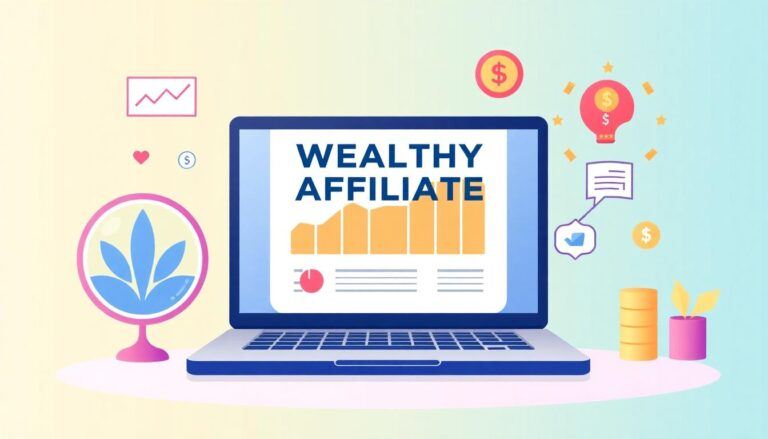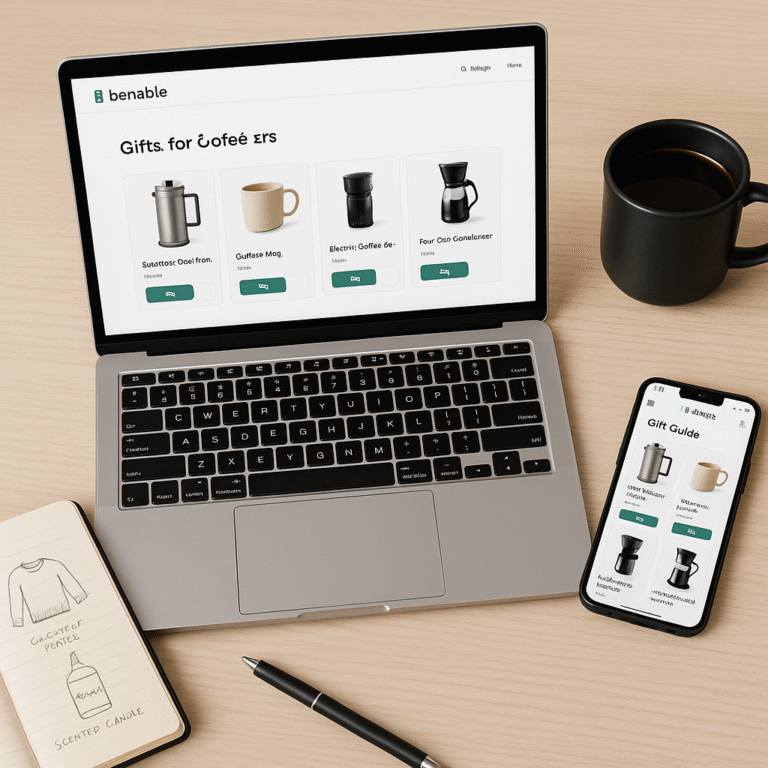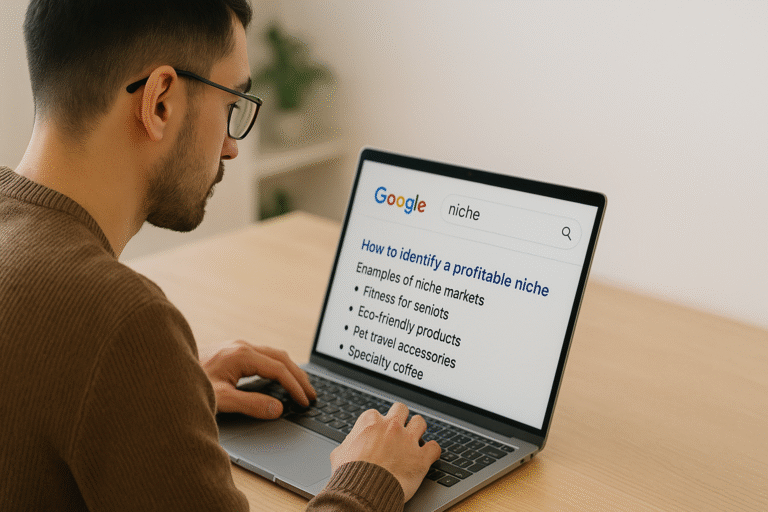Catchy Headlines and Why They Matter
According to data from marketing studies, 80% of people read a headline, but only 20% read the rest of the article. This shows just how crucial it is to get your headlines right. Let’s break down what makes a headline effective, why it’s essential for blogging, and how to craft better ones.
Headlines are the first thing readers notice, and they often determine whether someone clicks on your content or scrolls past it. A great headline isn’t just an attention-getter—it’s a traffic driver, an engagement booster, and a critical element in your content’s success.
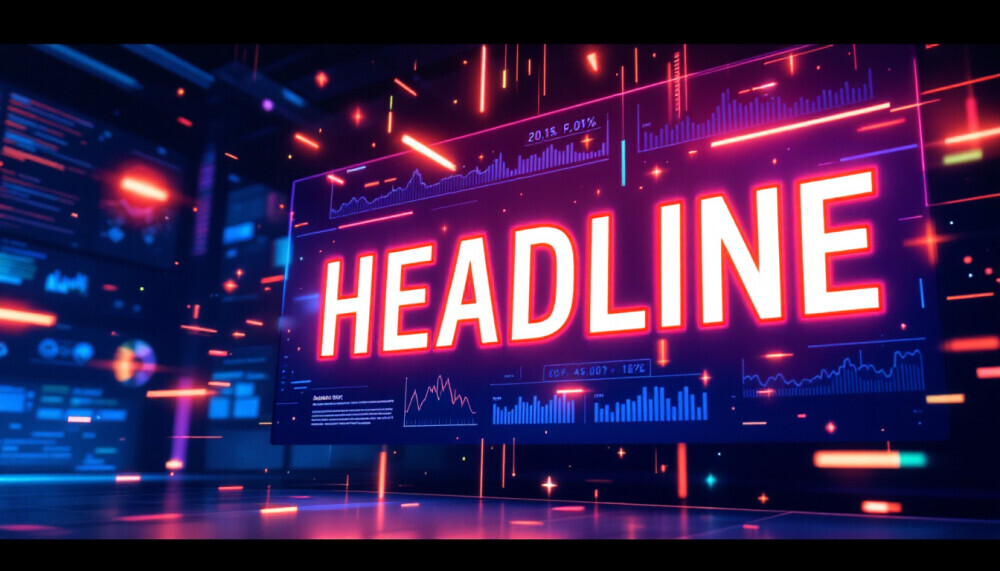
What Makes a Headline Catchy?
Not all headlines are created equal. The best ones share specific traits—they’re clear, relevant, emotional, and often brief. Let’s explore these elements in more detail.
Clarity and Simplicity
A good headline doesn’t make people think too hard. When someone sees your headline, they should instantly understand the content. The easier it is to grasp, the more likely they’ll click.
For instance, compare these two headlines:
- “A Comprehensive Guide to Social Media Marketing Strategies”
- “How to Use Social Media to Grow Your Business”
The second headline feels more approachable and specific. It promises immediate value without overwhelming the reader.
Emotional and Intriguing Language
Humans are wired to respond to emotions. Headlines that spark curiosity or tap into our feelings tend to perform better. Words like “amazing,” “secrets,” or “revealed” can pique interest.
Examples include:
- “The Shocking Truth About Morning Habits”
- “7 Secrets Successful Entrepreneurs Don’t Share”
These kinds of headlines make readers wonder, “What is the truth? What are the secrets?” That curiosity drives clicks.
Power of Numbers and Lists
Headlines with numbers tend to perform exceptionally well. Numbers promise structure and make the content feel digestible. For example:
- “10 Ways to Save Money Without Sacrificing Fun”
- “5 Steps to Start Your Own Blog Today”
Lists also give a clear idea of what to expect. Readers know they’ll get actionable insights in an organized way.
Why Catchy Headlines Are Crucial for Blogging Success
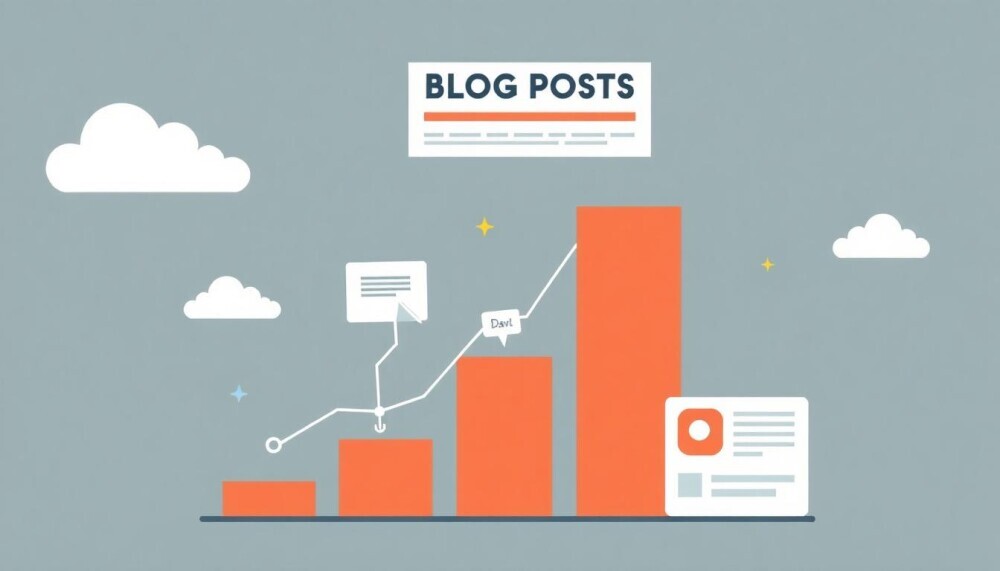
The benefits of a strong headline go beyond just getting clicks. Let’s explore how they impact your blog’s overall performance.
Headlines as SEO Drivers
Search engines love optimized content, and your headline plays a significant role in this. Including relevant keywords in your headline can improve your search rankings, making it easier for people to find your post.
For example, if your blog is about affiliate marketing, headlines like “How to Start Affiliate Marketing: A Beginner’s Guide” incorporate keywords people are likely searching for.
Tips for SEO-Friendly Headlines:
- Use tools like Jaaxy to research high-traffic keywords.
- Keep your headline under 60 characters to prevent it from getting cut off in search results.
- Prioritize readability and relevance over keyword stuffing.
Improving Click-Through Rates
Your headline is essentially an ad for your article. A well-crafted headline entices readers to click and engage with your content. If you’re looking for practical tips on how to craft headlines that grab attention, check out this guide on writing attention-grabbing headlines. It offers actionable advice to improve your click-through rates.
Practical Tools to Create Catchy Headlines
You don’t have to reinvent the wheel whenever you write a headline. There are plenty of tools and templates to help you generate ideas.
Headline Analyzers
Tools like CoSchedule’s Headline Analyzer and Advanced Marketing Institute’s Headline Analyzer can evaluate the effectiveness of your headlines. They consider factors like emotional impact, word balance, and SEO potential.
Features to look for:
- SEO score: Helps you identify if your headline is keyword-optimized.
- Emotional appeal: Rates how engaging and intriguing your headline is.
- Suggestions: Offers tips to improve weak spots in your headline.
Templates and Formulas
Using proven headline formulas can save time and spark creativity. Some popular ones include:
- “How To [Achieve Goal] in [Timeframe]”
- “Why [Topic] Is the Key to [Benefit]”
- “What You Need to Know About [Subject]”
Online resources, including blogging tools shared by communities like Wealthy Affiliate, can provide further inspiration. For example, you can explore tools to optimize your content in this list of readability tools.
Catchy Headline FAQ’s
A catchy headline grabs attention by being clear, engaging, and relevant. It often uses emotional language, strong verbs, or numbers to stand out.
Headlines are the first thing people notice. A compelling headline can increase clicks, shares, and overall engagement with your content. Without a strong one, your audience might skip over your words.
A strong headline can significantly boost click-through rates by sparking curiosity or showing immediate value. People decide in seconds whether to click, and your headline sets the tone.
Numbers can make your headline more specific and digestible (e.g., “5 Simple Tips”). However, they’re not always necessary. Use them when they fit naturally with the content.
Common formulas include “How To” headlines (“How to Save Money Fast”), lists (“10 Ways to…”), and question-based headlines (“Why Is… Important?”). These formats are reader-friendly and effective.
Yes. A headline that’s too long may lose impact, while one that’s too short might lack clarity. Aim for 6-12 words to balance attention and clarity.
Focus on delivering real value. Avoid overpromising or misleading the reader. A good headline should match the content and respect the reader’s time.
Yes, but don’t sacrifice readability. Include relevant keywords while keeping the headline natural and engaging. Balance is key.
You can use A/B testing to compare different headline versions. Track metrics like click-through rates, shares, or reader engagement to see what performs better.
Yes. Words that tap into emotions—like “amazing,” “powerful,” or “effortless”—can strengthen the connection with the audience and motivate action.
Avoid overused phrases like “You Won’t Believe” or “Shocking Truths.” They often feel like clickbait and can hurt credibility.
Experts suggest spending 20-30% of your total writing time on the headline. It’s worth the effort since it determines whether people read your content.
Humor can work if it matches your audience and content tone. Just make sure it’s clear and doesn’t confuse readers.
Try brainstorming several versions. For inspiration, use tools like headline analyzers or look at successful examples in your niche.
Final Thoughts
Catchy headlines aren’t just a nice-to-have—they’re essential for your blog’s success. They improve your traffic, boost engagement, and influence search engine rankings. By focusing on clarity, emotional appeal, and using numbers, you can create headlines that draw in readers and keep them coming back for more.
If you want to refine your headline strategies or discover more tools to improve your blogging game, Wealthy Affiliate offers a wealth of resources to support your journey.

Hello, I’m Michael, the founder of apexaffiliate.com. A few years ago, I was searching for a way to make money online and break free from the daily grind of the 9-5 lifestyle. Like many, I encountered countless “Done for you” and “Get Rich Quick” schemes, but eventually, I got lucky and discovered my path to success.
That turning point was Wealthy Affiliate, a platform I now consider home and the cornerstone of my online achievements. I want to share this journey with you and provide helpful insights into the basics of affiliate marketing, with the goal of making your path smoother than mine.
Join me, and let’s navigate this journey together—I’ll be here every step of the way to guide you.




